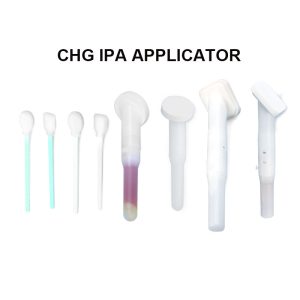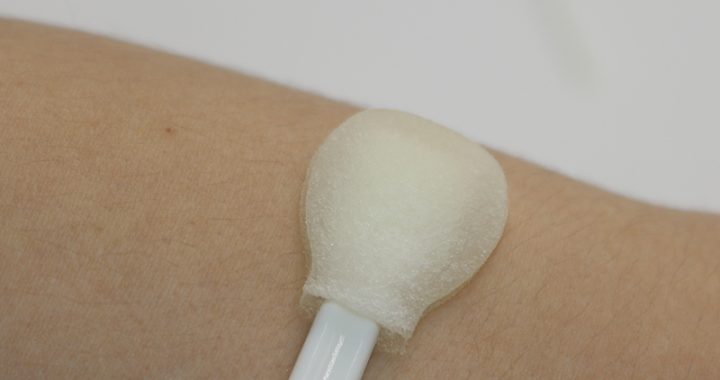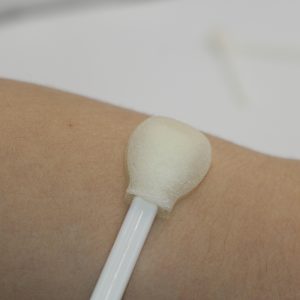What are the precautions for disinfection of 0.5% chlorhexidine solution?
When using 0.5% chlorhexidine solution for disinfection, the following precautions apply:
User-related
Allergic conditions: Before use, the user should be asked whether they are allergic to chlorhexidine or its related ingredients. Those who are allergic should not use it to avoid allergic reactions, such as rash, itching, redness and swelling. In severe cases, breathing difficulties and anaphylactic shock may occur.
Special populations
Pregnant and lactating women: Use with caution under the guidance of a doctor, because chlorhexidine may be absorbed through the skin or enter breast milk, which may have potential effects on the fetus or infant.
Children: Children’s skin is relatively delicate. When using it, attention should be paid to the concentration and dosage to avoid excessive use that causes skin irritation or excessive absorption that causes adverse reactions. When using it in children’s mouths, mucous membranes and other parts, adult supervision is required.
Use protection: It is recommended to wear protective equipment such as gloves during operation to avoid direct contact of the solution with the skin of the hands, causing problems such as dry skin and degreasing. If the solution accidentally contacts the mucous membranes such as the eyes and mouth, it should be rinsed immediately with plenty of clean water and seek medical attention in time.
Disinfection object related
Skin integrity: If the skin is damaged, ulcerated, exuded, etc., it may cause local irritation and pain when used. It should be used with caution according to the wound condition. If necessary, it should be diluted before use or follow the doctor’s advice.
Disinfection site
Avoid contact with specific parts: Chlorhexidine solution should be avoided from contacting sensitive parts such as the middle ear and eyes, otherwise it may cause serious irritation and damage. When disinfecting around the ears or eyes, be particularly careful to prevent the solution from flowing in.
Metal instruments: It cannot be used to disinfect carbon steel metal instruments, because chlorhexidine may cause metal corrosion, affecting the performance and service life of the instruments. If you want to disinfect metal instruments, you need to confirm whether their materials are suitable.

70% Alcohol & 2% Chlorhexidine Foam SwabSticks
Solution use related
Concentration and preparation
Accurate concentration: Make sure that the solution concentration is accurately 0.5%. Too high a concentration may increase irritation and toxicity, and too low a concentration may affect the disinfection effect.
Prepare and use now: The solution should be prepared and used now, and it should not be stored for a long time to avoid affecting the disinfection effect due to deterioration or contamination of the solution.
Duration of use
Action time: Sufficient action time should be ensured during disinfection. Generally, skin disinfection requires 3-5 minutes, and surgical site disinfection may require longer time to achieve a good disinfection effect.
Reuse: When repeatedly disinfecting the same part, pay attention to the interval time and cumulative usage to avoid excessive disinfection causing damage to the skin or mucous membrane.
Contraindications: Avoid mixing with soap, iodine tincture, potassium permanganate and other substances, because these substances may react chemically with chlorhexidine, reduce the disinfection effect or produce harmful substances.
Other precautions
Storage conditions: Chlorhexidine solution should be stored in a cool, dry, well-ventilated place, avoid direct sunlight and high temperature to prevent the solution from deteriorating. At the same time, it should be kept out of reach of children to prevent accidental ingestion or misuse.
Observe the reaction: After disinfection, the disinfected area should be closely observed. If abnormal reactions such as redness, swelling, pain, itching, etc. occur, it should be cleaned in time and medical treatment should be sought.


